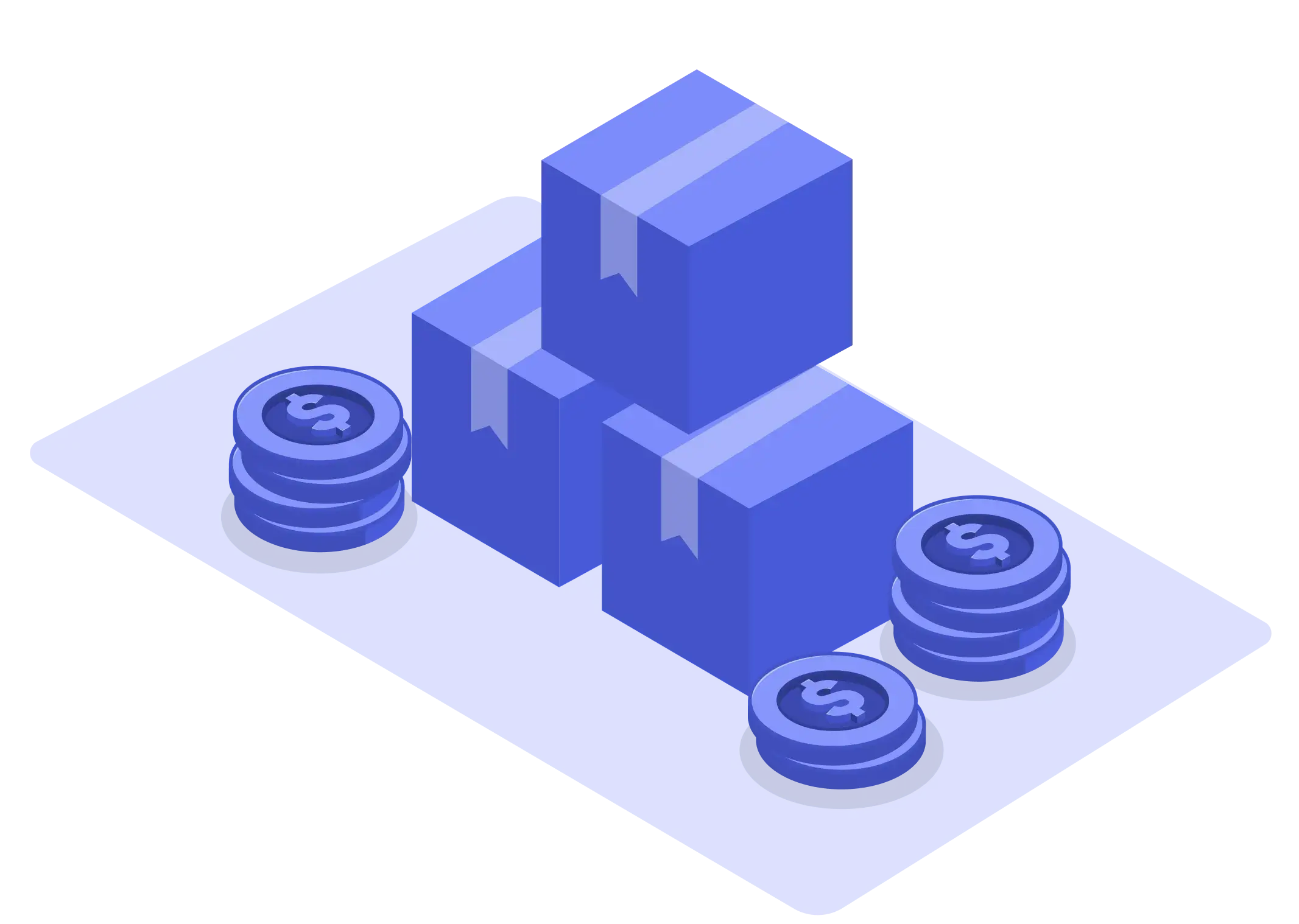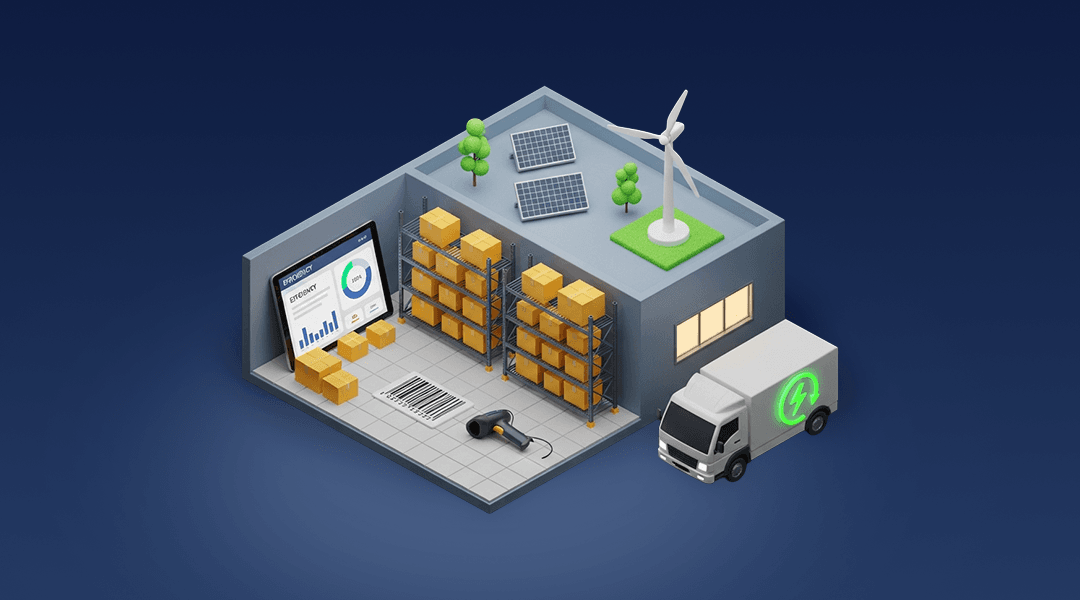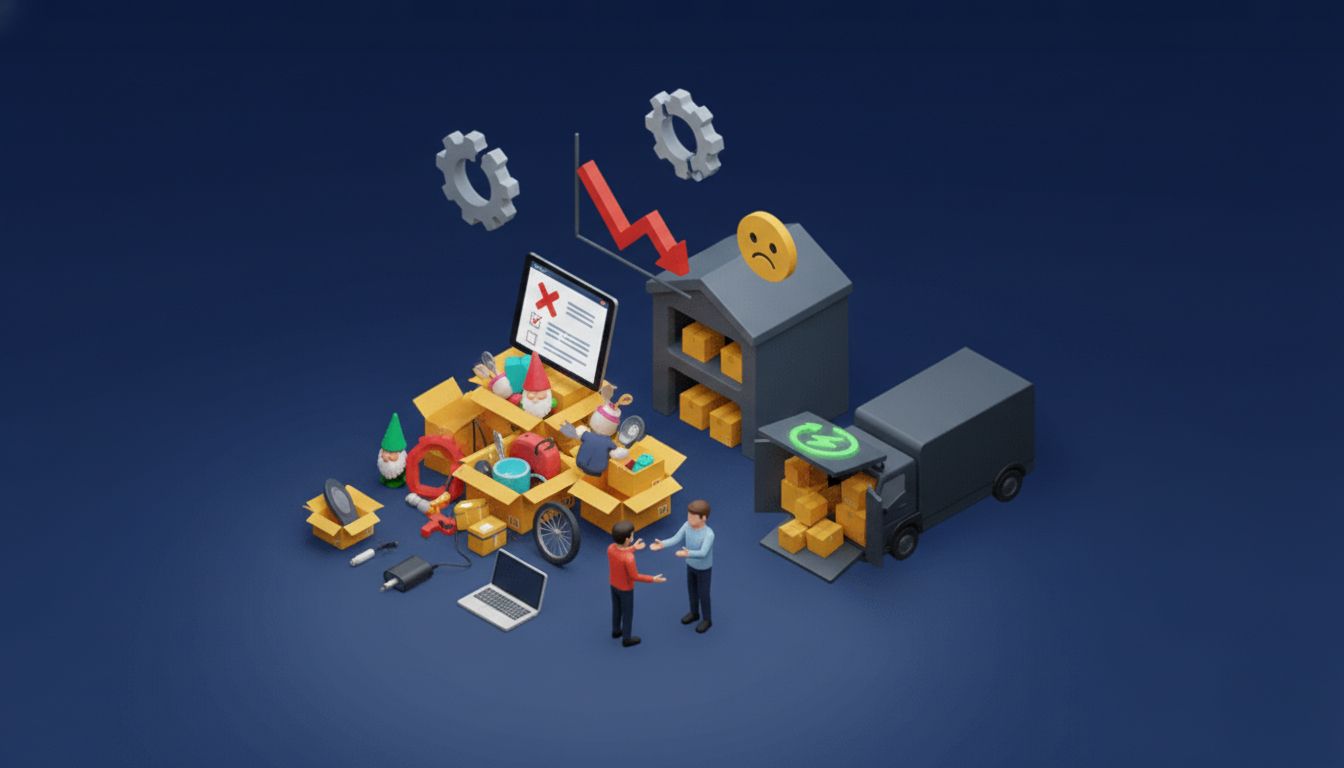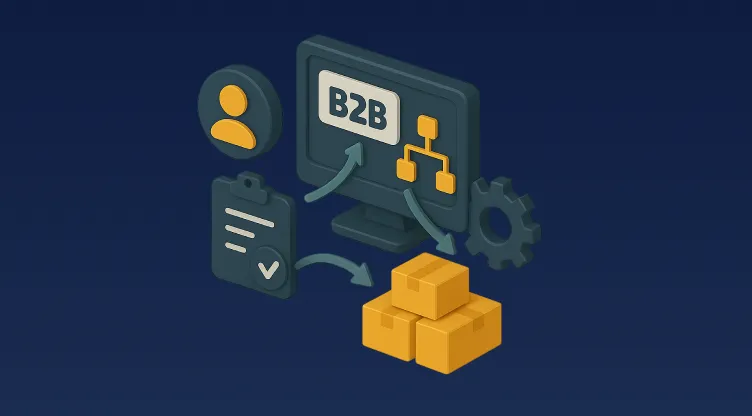Advanced TMS Systems: Unlock Real-Time Route Optimisation for Dynamic Scheduling

Table of Contents
Quick Bytes for Busy Minds
- Intelligent transportation systems (ITS) deliver live updates to TMS platforms, allowing smarter logistics decisions.
- Real-time data empowers TMS systems to dynamically adjust routes, schedules, and deliveries without delay.
- Supply chain management improves dramatically with reduced fuel use, faster deliveries, and better customer experiences.
- Technologies like AI, IoT, and geofencing enable predictive, real-time route optimisation.
- MENA businesses such as Aramex, Talabat, and Noon rely on dynamic TMS solutions to drive growth across complex markets.
Introduction: Why Logistics Needs Real-Time Intelligence
The global supply chain industry is no longer about static planning. In fast-paced markets, especially in the MENA region, relying on outdated logistics models causes delays, customer dissatisfaction, and rising costs.
Businesses today need transportation management systems that think, adapt, and act in real-time. This is where dynamic route scheduling, powered by live data, transforms delivery operations.
Modern TMS systems are designed to update delivery plans instantly, ensuring on-time shipments, optimised routes, and better fleet efficiency — a competitive advantage in crowded industries.
The Evolution of Route Planning in Supply Chains
Traditionally, delivery routes were fixed at the start of the day. Once trucks left warehouses, little could be done if there was a traffic jam, sudden order change, or breakdown.
Static routing worked when delivery volumes were small and customer expectations were moderate. But today, with the rise of e-commerce and same-day deliveries, static routing falls short.
Dynamic route scheduling solves this by using real-time data inputs. Vehicles adjust their routes based on live road conditions, weather updates, and customer availability. As a result, logistics teams stay agile and efficient.
What Makes Real-Time Data Critical in TMS Systems?
Real-time information is the engine behind dynamic scheduling. Without live updates, even the smartest routing algorithms would fail.
Here’s what real-time data powers:
Live Traffic Monitoring
TMS platforms now integrate with traffic databases. When a major road is blocked, delivery schedules adjust automatically to avoid delays.
Customer Location Changes
If a customer updates their delivery address or availability window, real-time data ensures the driver reroutes without needing manual intervention.
Driver Behaviour and Availability
Fleet managers can track drivers' speeds, stops, and fatigue levels. If a driver needs to rest or changes shifts, the TMS assigns another vehicle dynamically.
How Dynamic Scheduling Improves Delivery Operations
Real-time, dynamic TMS systems bring clear advantages to logistics operations, especially in MENA’s diverse delivery environments.
Last-Mile Deliveries
Businesses like Talabat rely on dynamic routing to fulfil food and grocery deliveries within minutes. Orders change rapidly, and static routes would cause failures.
Dynamic TMS ensures that couriers always take the fastest, most efficient paths, even during traffic surges.
Mid-Mile Logistics
Aramex, a major logistics provider, uses dynamic scheduling between hubs across Saudi Arabia and the UAE. Real-time tracking of vehicles ensures shipments arrive at sorting centres without bottlenecks.
Hyperlocal Deliveries
Noon, a leading e-commerce player, serves densely populated urban areas. Dynamic scheduling helps their fleet dodge road closures, construction zones, and unexpected events, keeping deliveries efficient and customers happy.
Technologies Driving Real-Time TMS Systems
Modern TMS platforms are powered by a combination of smart technologies that enable dynamic decision-making.
Artificial Intelligence and Machine Learning
AI predicts when traffic congestion is likely. Machine learning models study historical delivery data to suggest better routes each day. This predictive power is key to future-proofing logistics.
Internet of Things (IoT) and Telematics
IoT devices inside delivery vehicles send live data on vehicle status, speed, location, and health. Managers track fleet movements precisely, enhancing safety and efficiency.
GPS Integration
GPS provides accurate positioning. If a delivery driver deviates from the path or hits unexpected traffic, the system automatically reroutes them to minimise delays.
Geofencing
Geofences create virtual perimeters around important delivery zones. When a vehicle enters or exits a geofenced area, the TMS triggers automated actions, such as customer notifications or hub updates.
The Impact on Supply Chain Management in MENA
Dynamic TMS solutions are having a huge impact across the Middle East and North Africa, where logistics challenges are unique.
Cross-Border Logistics in GCC
Crossing from Saudi Arabia to the UAE or Oman often involves customs delays and route changes. Dynamic TMS allows real-time rerouting based on border wait times, saving businesses hours.
Hyperlocal Q-Commerce
In cities like Riyadh, Jeddah, and Dubai, quick-commerce (Q-commerce) is growing fast. Whether delivering groceries, medicines, or electronics, businesses depend on dynamic routing to fulfil customer promises within two hours or less.
Overcoming Infrastructure Gaps
Some rural areas in Egypt or Jordan may have poor road conditions or limited navigation options. Dynamic routing powered by real-time mapping ensures drivers still find the most reliable paths.
Common Challenges in Dynamic Route Optimisation
Implementing real-time, dynamic TMS solutions is powerful but not without challenges.
- Data Overload: Managing vast streams of traffic, fleet, and order data requires strong systems. Poorly optimised TMS can slow down instead of speeding up operations.
- Driver Training: Drivers must be trained to follow dynamic instructions via apps or in-cabin systems, which differs from traditional paper routes.
- Technology Costs: Setting up IoT devices, GPS trackers, and smart software adds upfront costs. However, long-term savings and service improvements far outweigh initial expenses.
Future Trends: The Next 5 Years of Intelligent Transportation Systems
The future of transportation management, especially in MENA, will focus on automation, sustainability, and AI-driven logistics excellence.
- Autonomous Fleets: Early pilot projects are already testing self-driving delivery vans in Dubai and Riyadh.
- Drone Deliveries: Hyperlocal drone-based deliveries could become a reality in major Gulf cities by 2028.
- Blockchain Integration: Secure, transparent tracking of shipments across multiple countries will reduce fraud and errors.
- Eco-Friendly Routing: TMS platforms will automatically suggest eco-friendly routes that minimise carbon footprints, aligning with Saudi Arabia’s Green Initiative and UAE’s Net Zero goals.
Businesses that embrace dynamic, AI-powered TMS today will be ready for these innovations tomorrow.
FAQs About Dynamic Route Scheduling in TMS Systems
What is the key advantage of dynamic TMS over traditional routing?
Dynamic TMS adapts routes instantly based on live conditions. Traditional routing is fixed and fails when unexpected events occur.
Does a dynamic TMS reduce costs?
Yes. Businesses save on fuel, reduce overtime payments, lower maintenance needs, and improve customer retention.
Is it difficult to train drivers on real-time TMS apps?
With user-friendly mobile apps, most drivers adapt quickly. Good training programmes ensure smooth adoption.
Can small businesses use dynamic TMS?
Absolutely. Scalable solutions are available for businesses of all sizes, including startups and SMEs across MENA.
Ready to Transform Your Delivery Operations with Real-Time Routing?
In today's logistics world, being slow or rigid means falling behind.
Your competitors are already using dynamic, real-time transportation management systems to deliver faster, cheaper, and greener.
Don't let outdated routing limit your growth.
Experience Omniful's Advanced TMS Today!
Our system empowers your business with real-time fleet tracking, dynamic scheduling, AI-driven optimisation, and built-in flexibility for MENA logistics complexities.
🚀 Book Your Free Demo Now
📦 Let’s move smarter, faster, and further together!























